No description yet: Can you help?
Henry Hinds Laboratory, University of Chicago
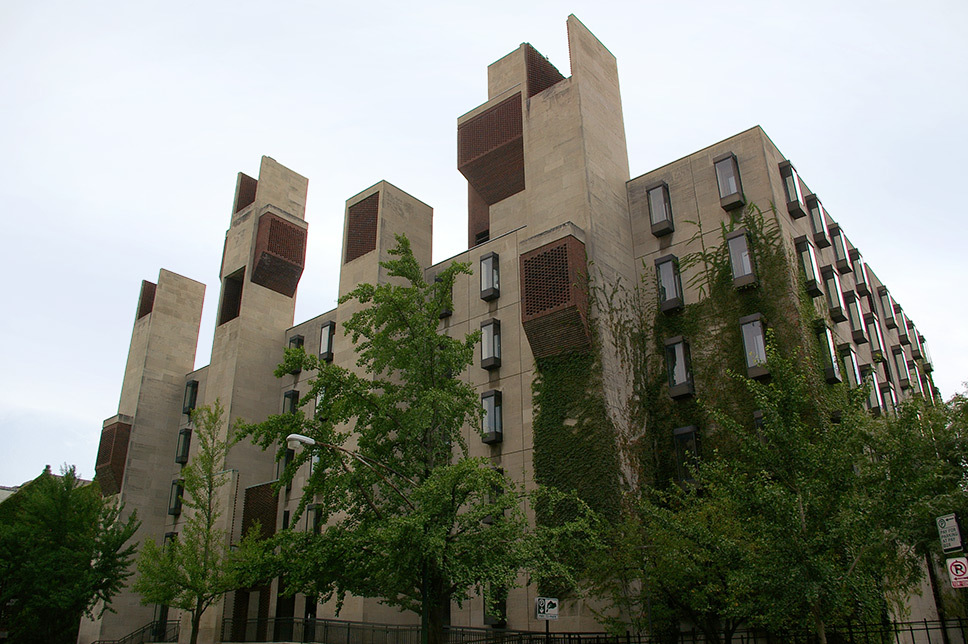

No description yet: Can you help?
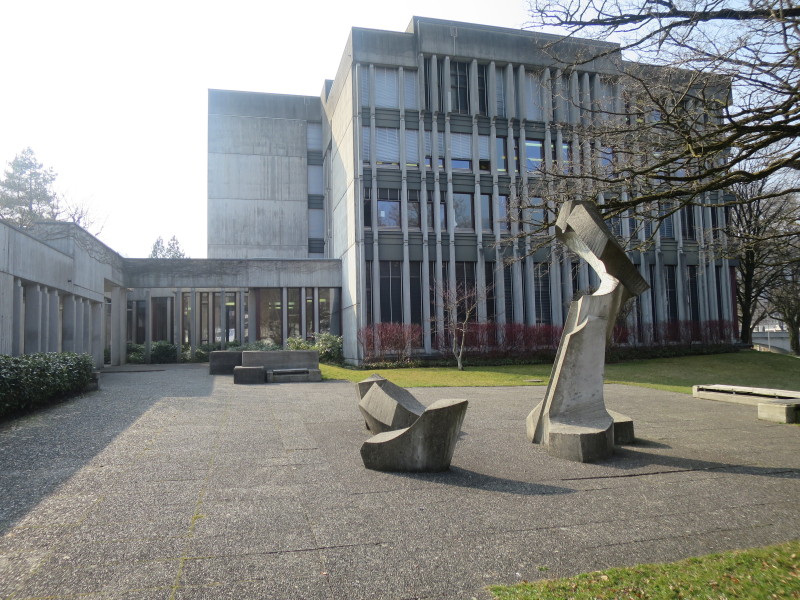
The façade of this school is dominated by vertical exposed concrete elements, which are arranged in varying intervals based on Corbusier’s Modulor (Glaus worked for Le Corbusier in 1937).
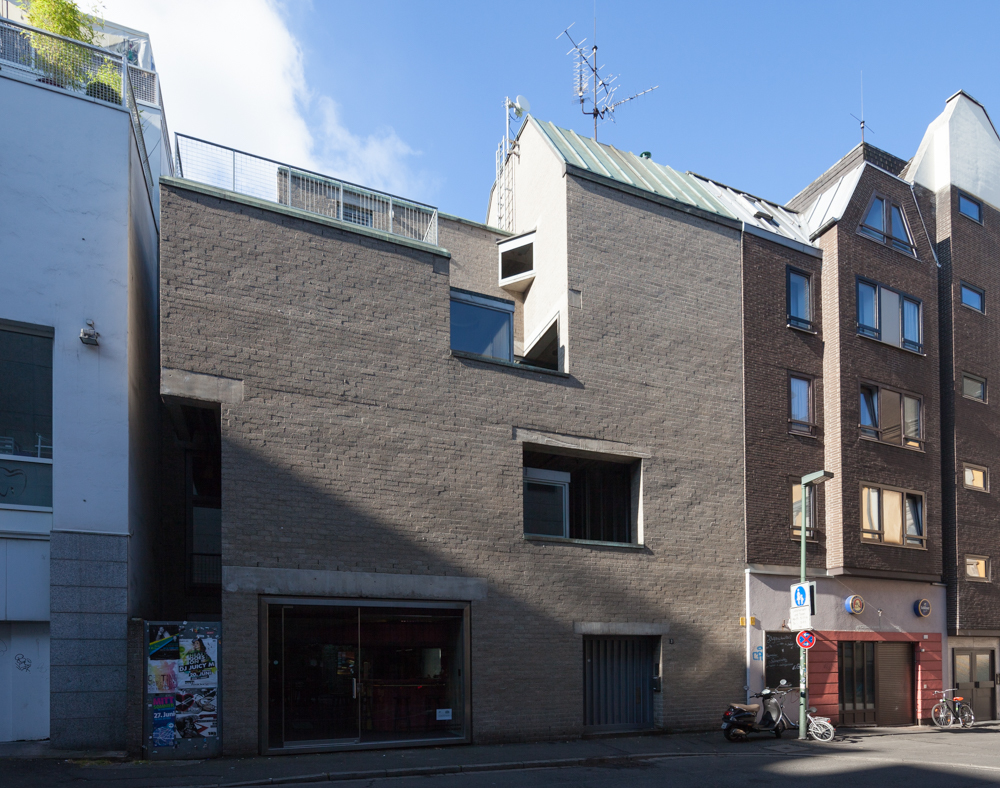
Van Eyck created an innovative exhibition space consisting of offset cubes of varying sizes for the gallery owner Alfred Schmela. The design is a conscious counterpoint to the dominant white cube paradigm. The walls are left unplastered outside as well …
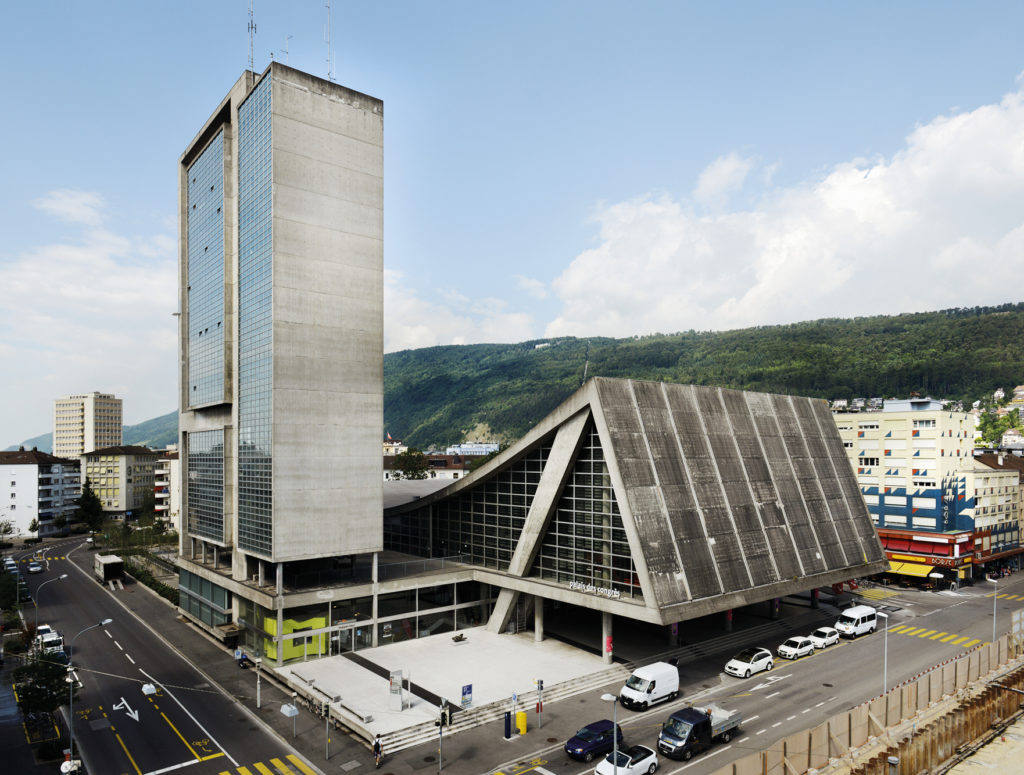
The complex houses the municipal administration in the high-rise and a swimming pool as well as the auditorium in the hall building.
No description yet: Can you help?
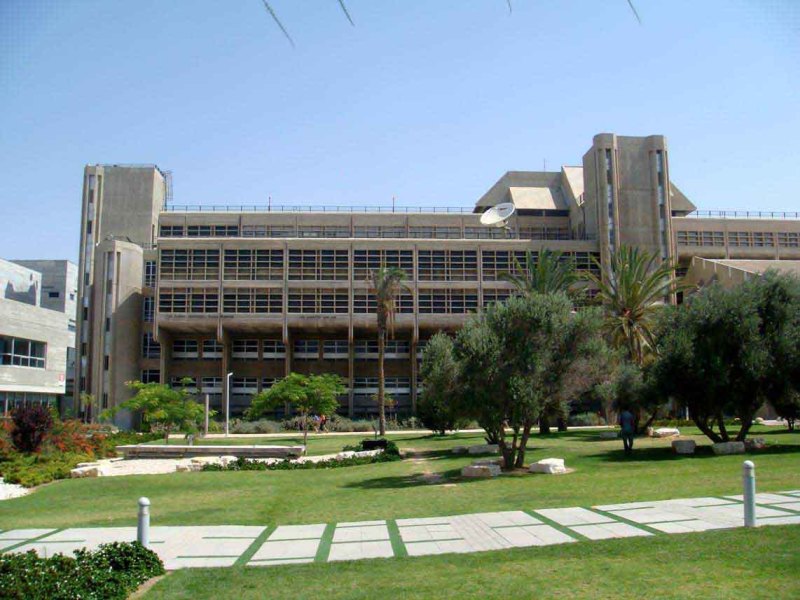
No description yet: Can you help?
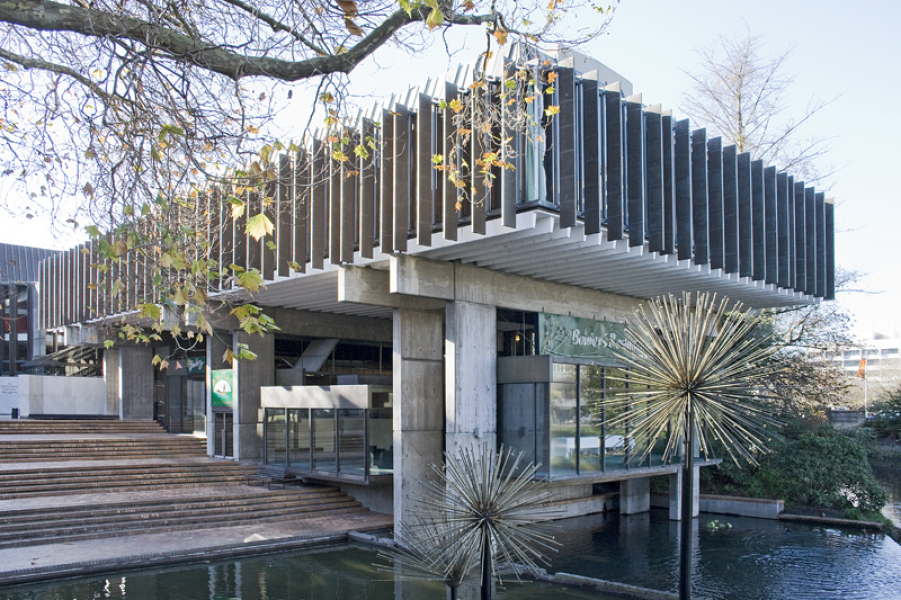
No description yet: Can you help?
No description yet: Can you help?
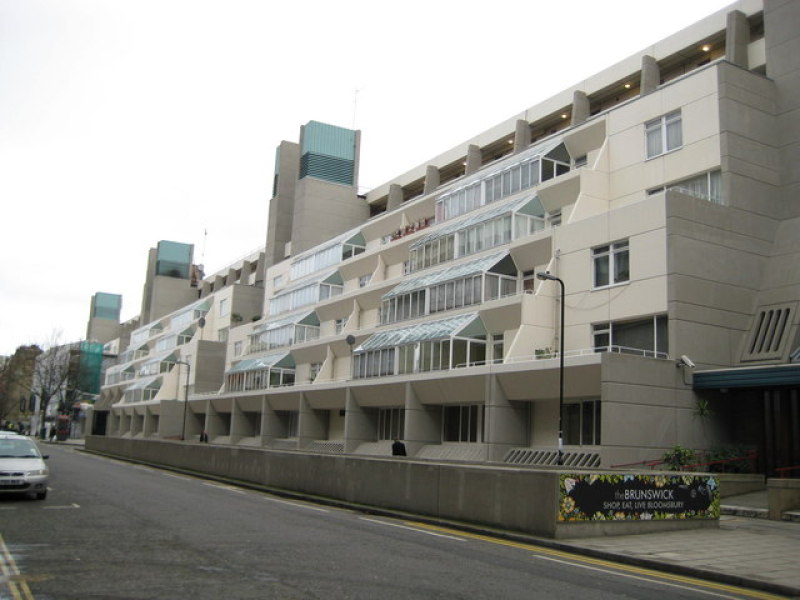
No description yet: Can you help?
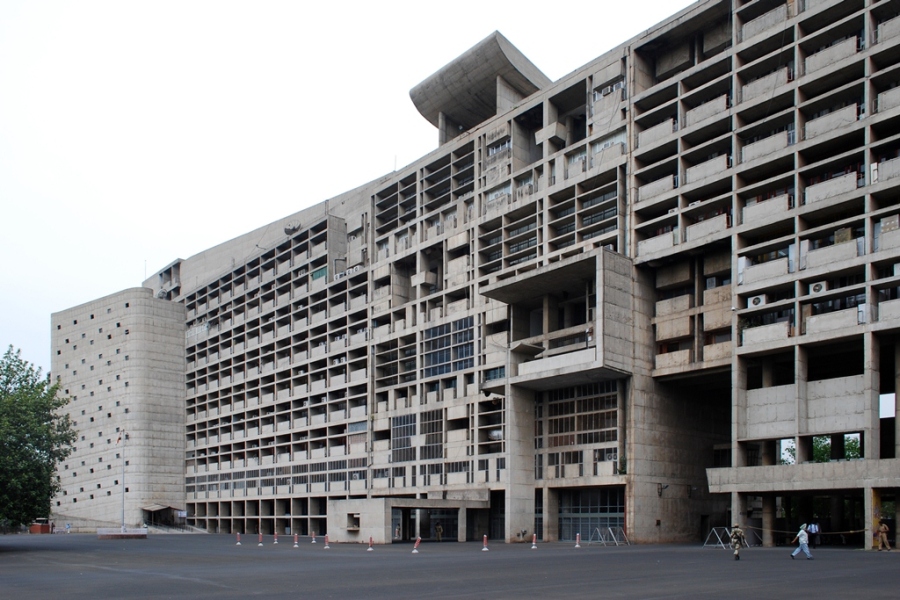
Shortly after independence in 1949 India was in a phase of finding its own identity. With his massive buildings made of exposed concrete and brick in Chandigarh and Ahmedabad Le Corbusier was, in 1951, one of the key masterminds stimulating the new arch…
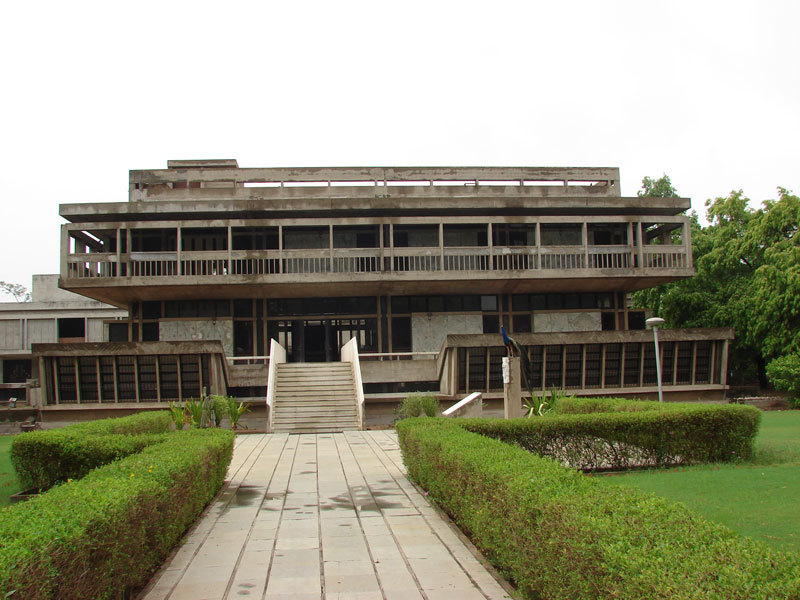
Doshi worked for years for Le Corbusier, and the institute was one of the first projects he did on his own. His mentor’s influence is thus still readily apparent here. For the institute’s art collection, Doshi built a museum adjacent to it in 1984. …
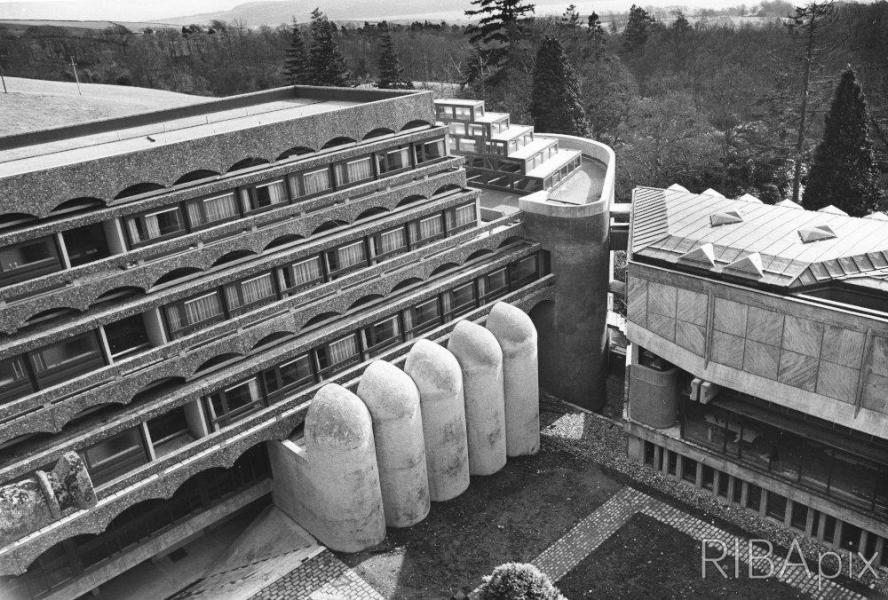
A striking example of the widespread influence of Le Corbusier’s oeuvre: Here, we can see overtones of his La Tourette priory and the round arches used in the Jaoul Houses. The priory was only used for 14 years and then served as an institution for d…
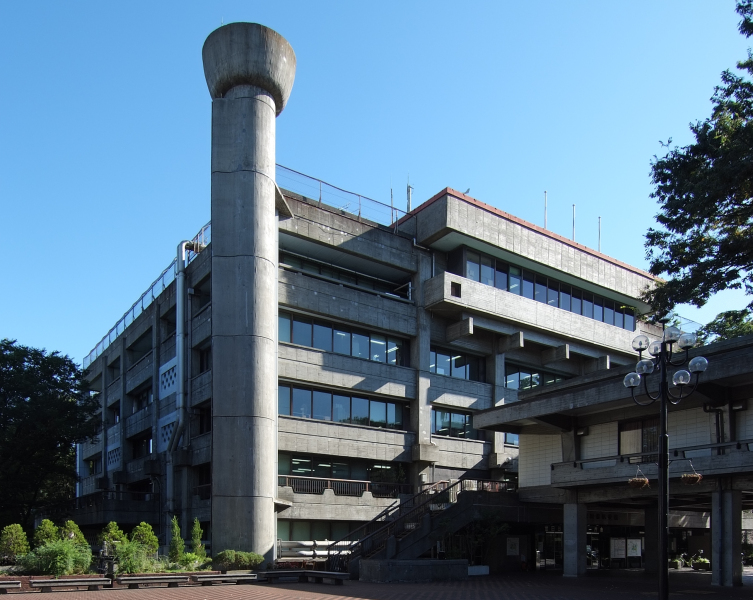
No description yet: Can you help?
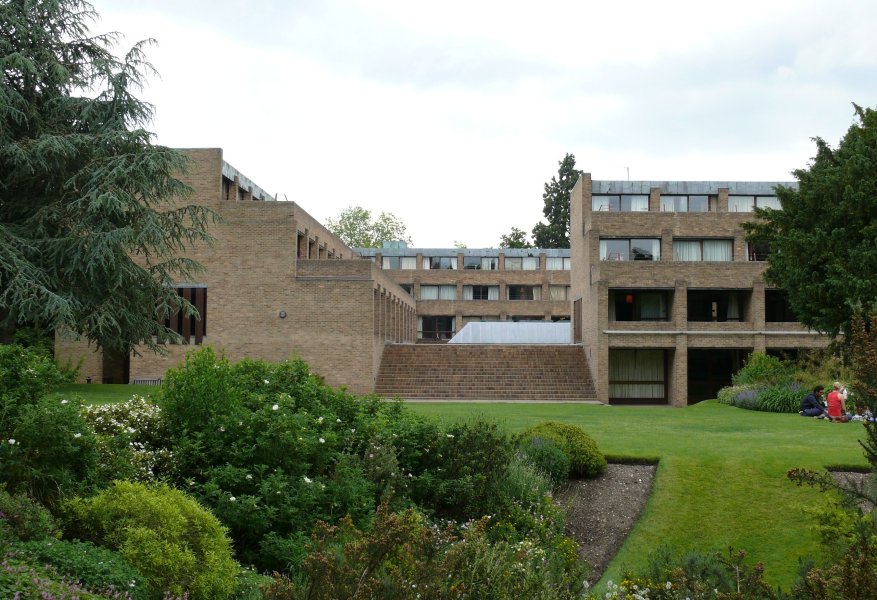
Together with Langham House this is the classic of brick brutalism. Thanks to the terracing, all the rooms in the residences have balconies. The sections are grouped around a central inner courtyard.
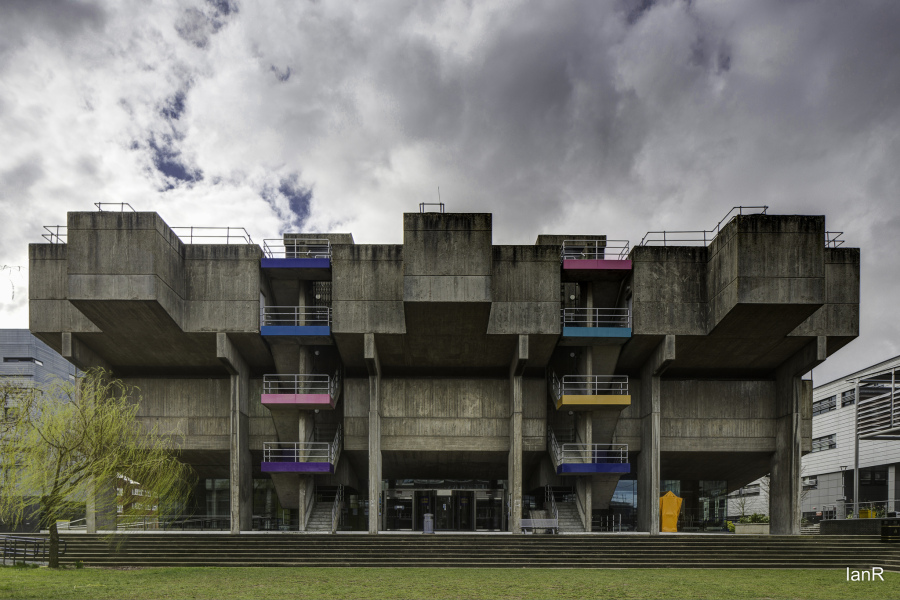
Already used in the movie “Clockwork Orange” as a dystopian film set the Lecture Centre is one of Great Britain’s earliest sculptural concrete monsters. It was realized on the campus of Brunel University founded in 1966, whose innovative design wo…
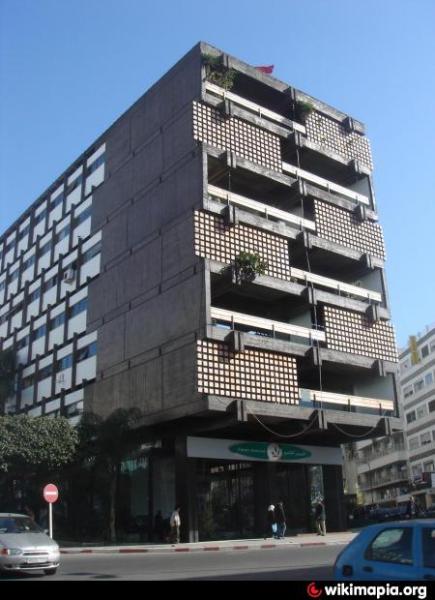
No description yet: Can you help?

No description yet: Can you help?
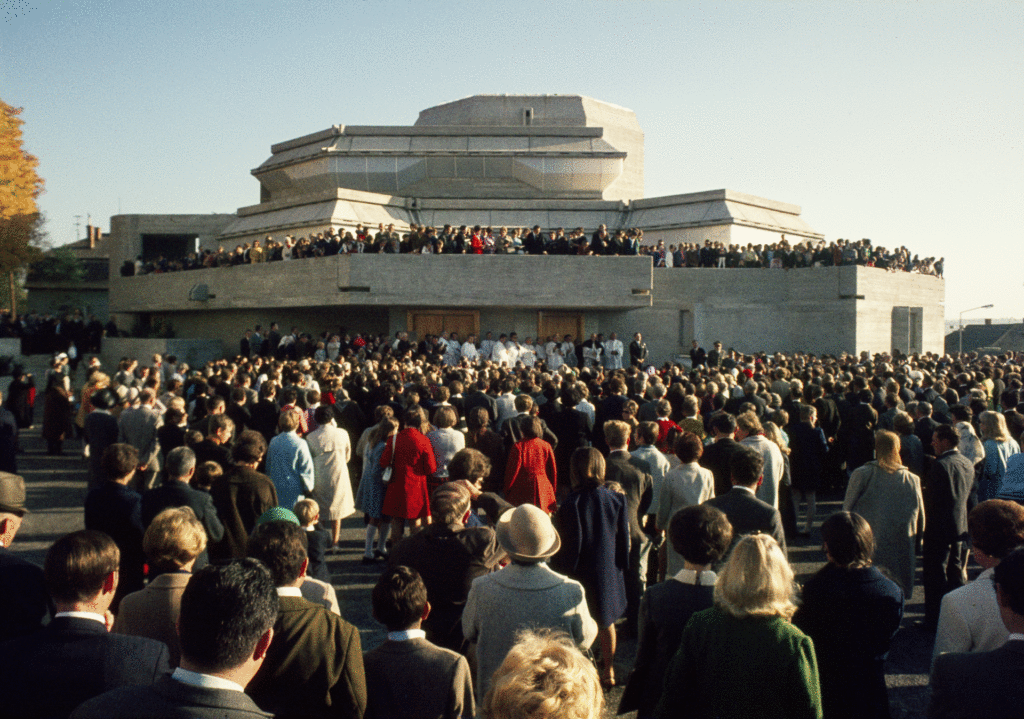
No description yet: Can you help?
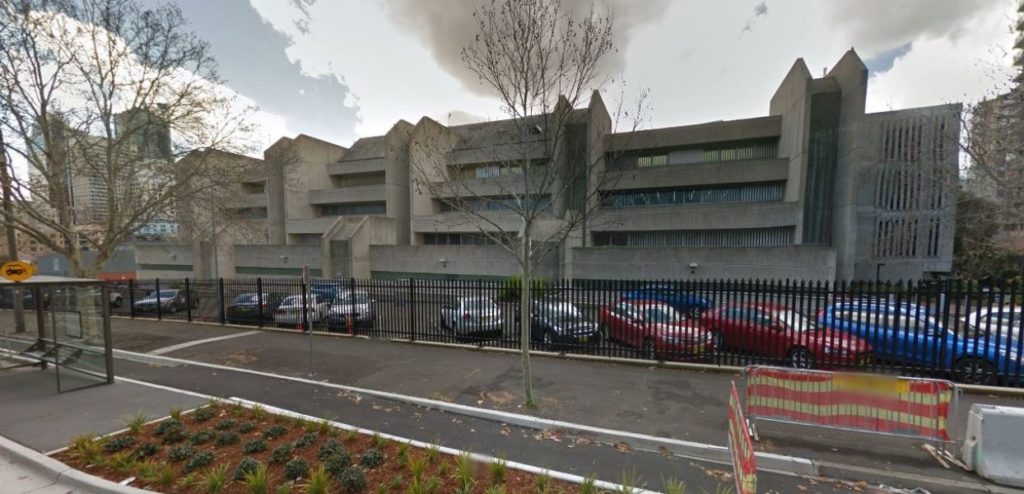
No description yet: Can you help?

No description yet: Can you help?